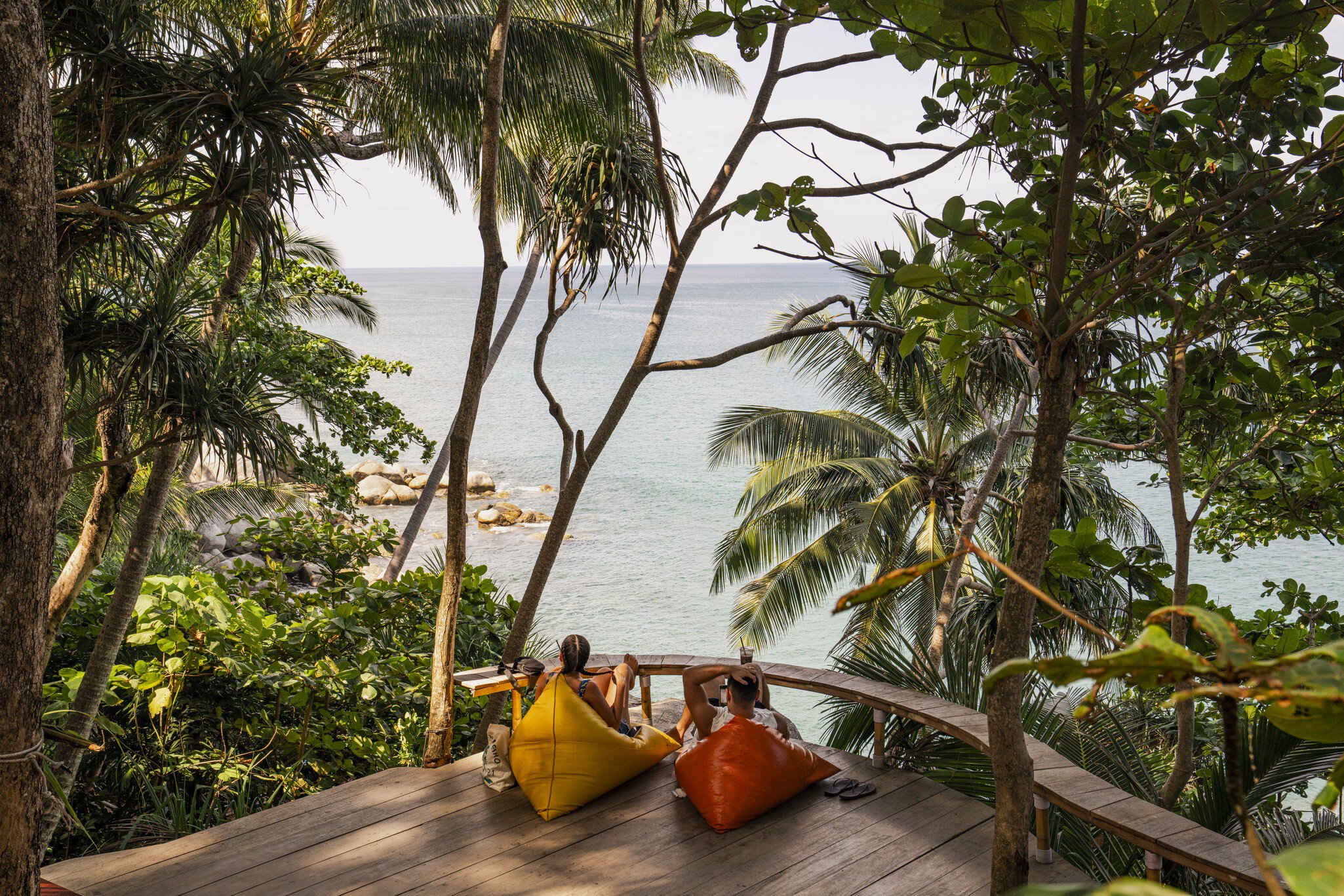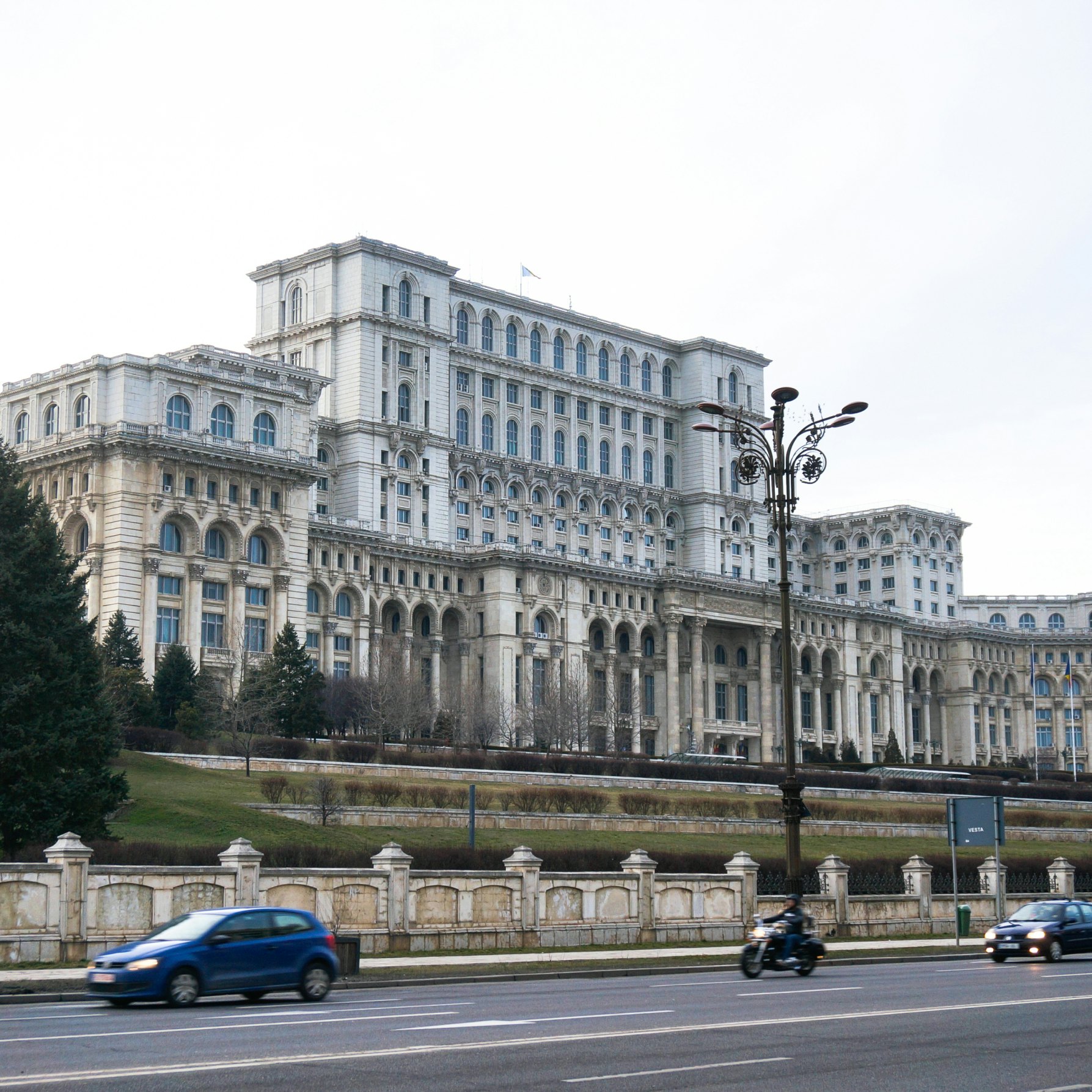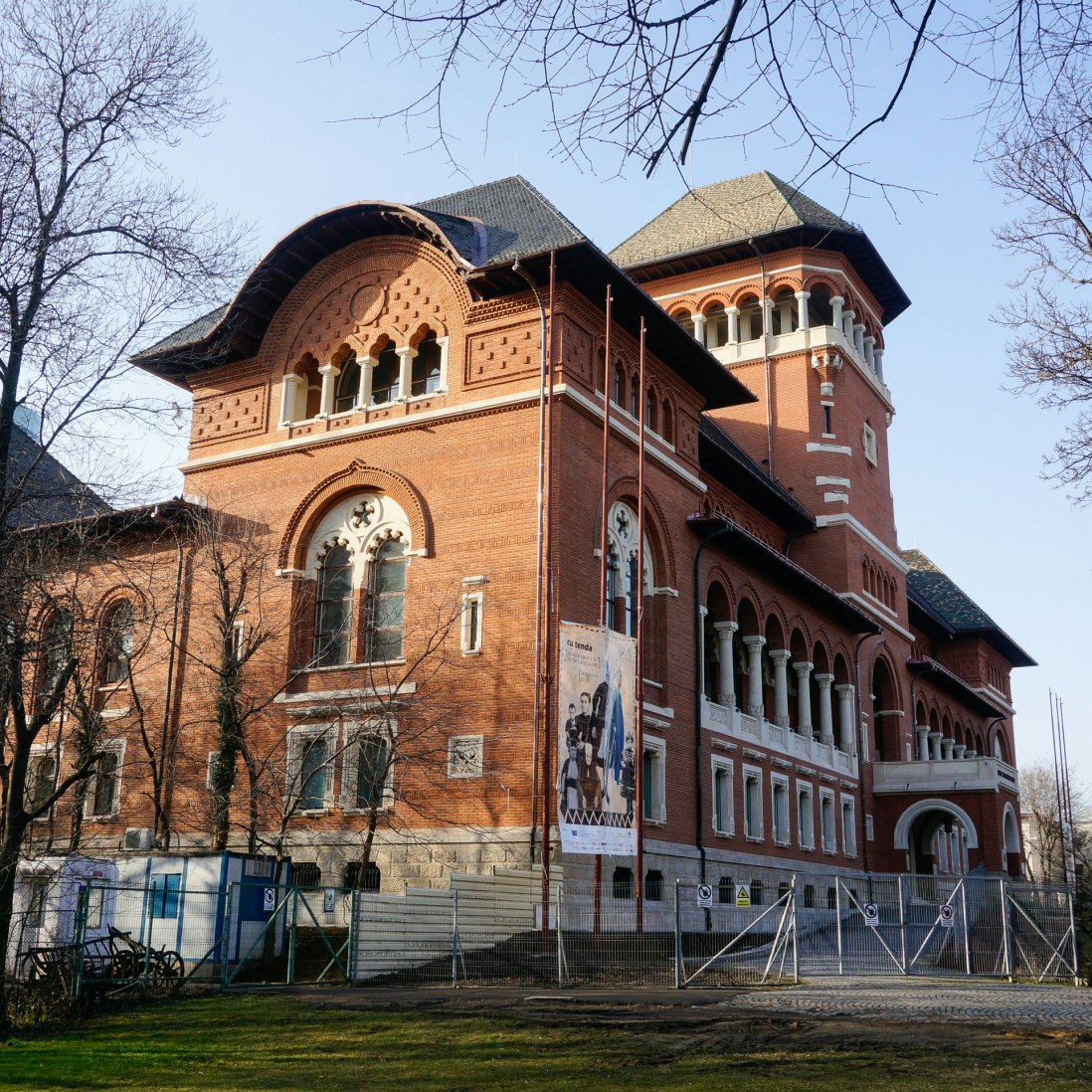
Overview
Romania’s capital sometimes gets a bad rap, but in fact it's dynamic, energetic and lots of fun. Many travellers give the city just a night or two before heading off to Transylvania, but that’s not enough time. Allow at least a few days to take in the very good museums, stroll the parks and hang out at trendy cafes and drinking gardens. While much of the centre is modern and the buildings are in various stages of disrepair, you'll find splendid 17th- and 18th-century Orthodox churches and graceful belle époque villas tucked away in quiet corners. Communism changed the face of the city forever, and nowhere is this more evident than at the gargantuan Palace of Parliament, the grandest (and arguably crassest) tribute to dictatorial megalomania you’ll ever see.
Plan your trip with Guide, an AI travel planner!
Create a personalized trip itinerary in seconds using artificial intelligence.
Must-see attractions
Planning Tools
Expert guidance to help you plan your trip
Best Things to Do
Explore the best things to do in Bucharest, Romania’s capital. From the gigantic Parliament building to the third-wave coffee shops, here’s your guide.
Read full article
Get a book. Get inspired. Get exploring.
in partnership with getyourguide












